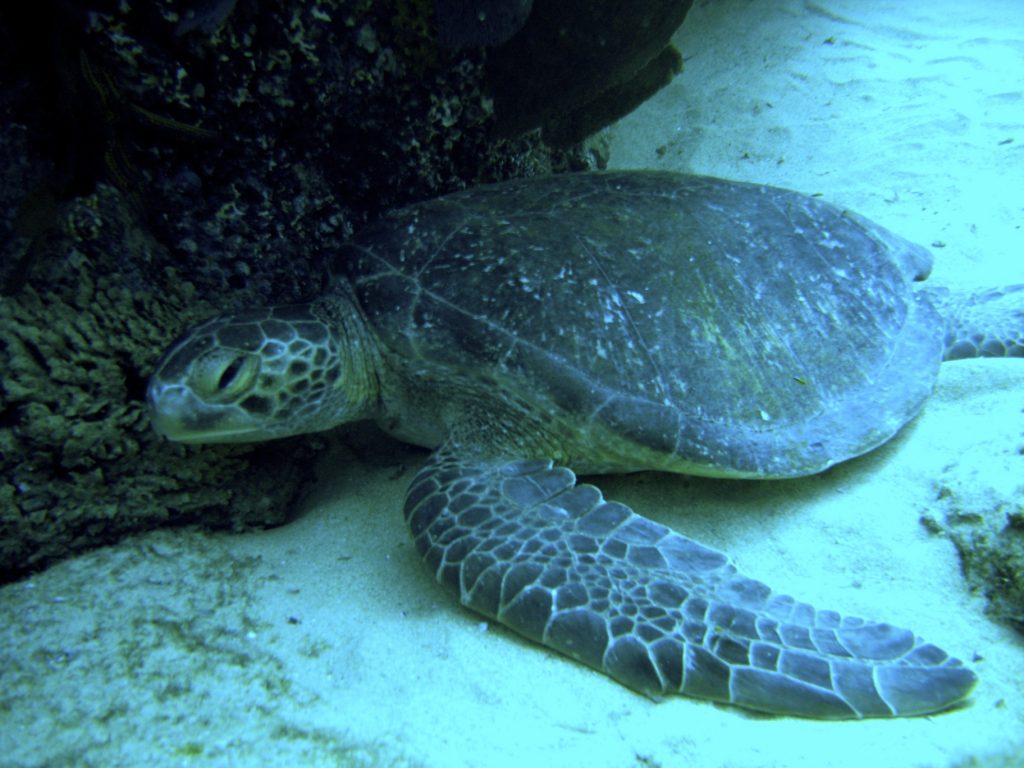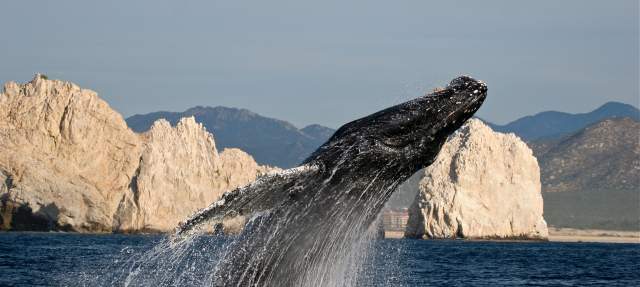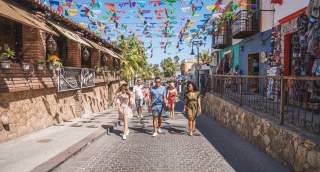Los Cabos' intimate connection with the sea and its magnificent marine life remains one of its defining features. From world-class sport fishing to the annual whale migration spectacle, the maritime ecosystem is deeply woven into the region's identity. One of the most enchanting natural phenomena occurs during sea turtle nesting season, which typically runs from June to December, with peak hatching activities from August to October.

Every year, female sea turtles, primarily Olive Ridley and Leatherback species, return to their birthplace along Los Cabos' pristine shores to continue an ancient ritual. They carefully excavate nests in the sand, laying clutches of up to 100 eggs. After approximately 45-60 days of incubation—during which the sand's temperature influences the hatchlings' gender—the emergence of baby turtles creates an unforgettable natural spectacle.
Los Cabos stands out as a premier destination for witnessing this remarkable event, thanks to the collaborative efforts of luxury resorts, certified tour operators, and local conservation programs. Many beachfront properties have developed sophisticated turtle protection initiatives that balance visitor experience with wildlife preservation.

Leading hotels and resorts like Viceroy Los Cabos, Waldorf Astoria Los Cabos Pedregal, and One&Only Palmilla offer specialized turtle release programs in partnership with marine biologists. Expert-guided experiences through operators such as Cabo Adventures and Rancho Carisuva provide educational opportunities while ensuring responsible wildlife interaction.
These programs highlight ongoing conservation challenges, including light pollution, coastal development, and climate change impacts. Participants learn about the importance of maintaining dark beaches during hatching season and supporting sustainable tourism practices that protect these endangered species.
For visitors hoping to witness this remarkable natural event, consider planning a trip between August and October. Many properties and tour operators offer turtle release experiences that comply with current environmental regulations while providing an unforgettable encounter with Los Cabos' beloved sea turtles.


